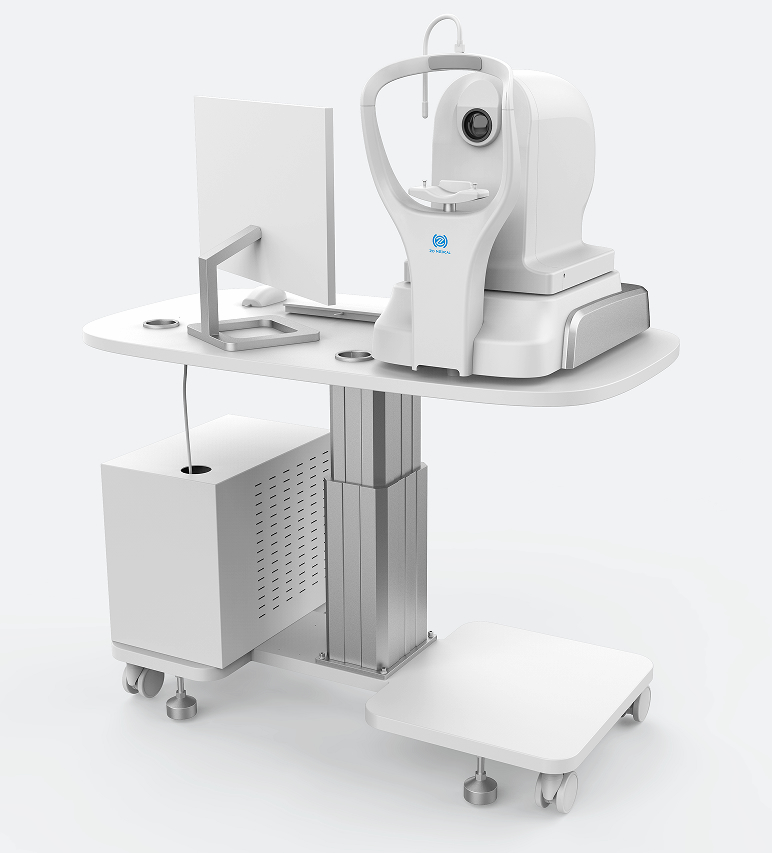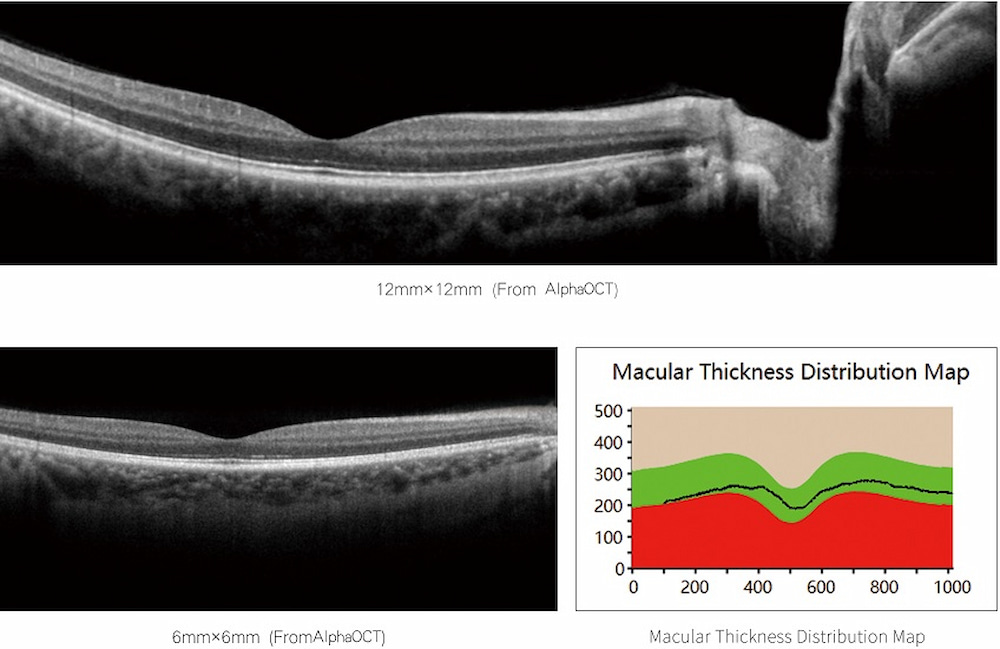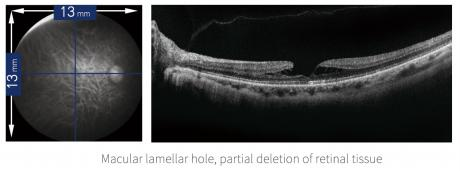When OCT meets artificial intelligence, a diagnostic revolution quietly arrives:
Automatic lesion identification: The algorithm based on convolutional neural network (CNN) can complete the pathological analysis of ophthalmic OCT images within 0.3 seconds, identifying dozens of lesions such as macular holes and retinal detachment, with an accuracy rate exceeding 95%
Real-time surgical navigation: During tumor surgery, the AI-enhanced OCT system can dynamically mark the tumor boundary. Experimental data show that this reduces the residual rate of malignant tissues by 40%
Elastography breakthrough: The Bayesian neural network strain reconstruction technology developed by the team from Guangdong University of Technology has successfully solved the problem of measuring signals related to chromatographic regression, enabling OCT to map the mechanical properties of tissues and providing a new dimension for the diagnosis of cancer hardness
Knowledge Corner: The Mystery of "Coherence" in OCT
Low-coherence interferometry (LCI) is the core technology of
OCT. When the light beam reflected from the tissue meets the reference light beam, only the light with an optical path difference less than the coherence length of the light source will interfere. By measuring interference signals, OCT can precisely locate the depth position of scatterers - just like measuring the microscopic world of life with a "ruler" of light.

Full-field OCT (FF-OCT) : Breaking through the traditional resolution limit and achieving cell-level dynamic imaging. In breast cancer surgery, the experimental system has been able to determine within 20 seconds whether there are residual cancer cells at the resection margin
Chip-level light source: Columbia University has developed a millimeter-level supercontinuum light source chip, replacing traditional bulky lasers and paving the way for handheld OCT devices
Multimodal fusion: Combining OCT with photoacoustic imaging, fluorescence microscopy and other technologies to simultaneously obtain the triple information of structure, function and molecule. For example, in brain science research, such systems can observe hemodynamics and neuronal activities in parallel

Despite the bright prospects, OCT still faces practical constraints:
Penetration depth limitation: The strong scattering characteristics of light in biological tissues limit the effective detection depth to 2-3mm (skin) to 2-3cm (eye).
Data Ocean Challenge: A single OCT scan of the entire body skin generates data at the GB level, and more intelligent compression analysis algorithms need to be developed
Standardization dilemma: The differences in equipment parameters among different manufacturers lead to a decline in data comparability, and it is urgent to establish a cross-platform quality control system

While the latest published papers are still exploring how to optimize the OCT artificial intelligence model, innovators on the clinical front line have begun to rewrite patients' destinies with this technology. From subtle retinal lesions to fatal plaques in coronary arteries, from cancer cells beneath the skin to subtle swells of nerve fibers - this faint light of OCT, which piercings through the fog of life, is quietly reshaping the cognitive boundaries of modern medicine.
Also welcome to contact us, we are ZD Medical Inc.
Tel : +86-187 9586 9515
Email : sales@zd-med.com
Whatsapp/Mobile : +86-187 9586 9515


